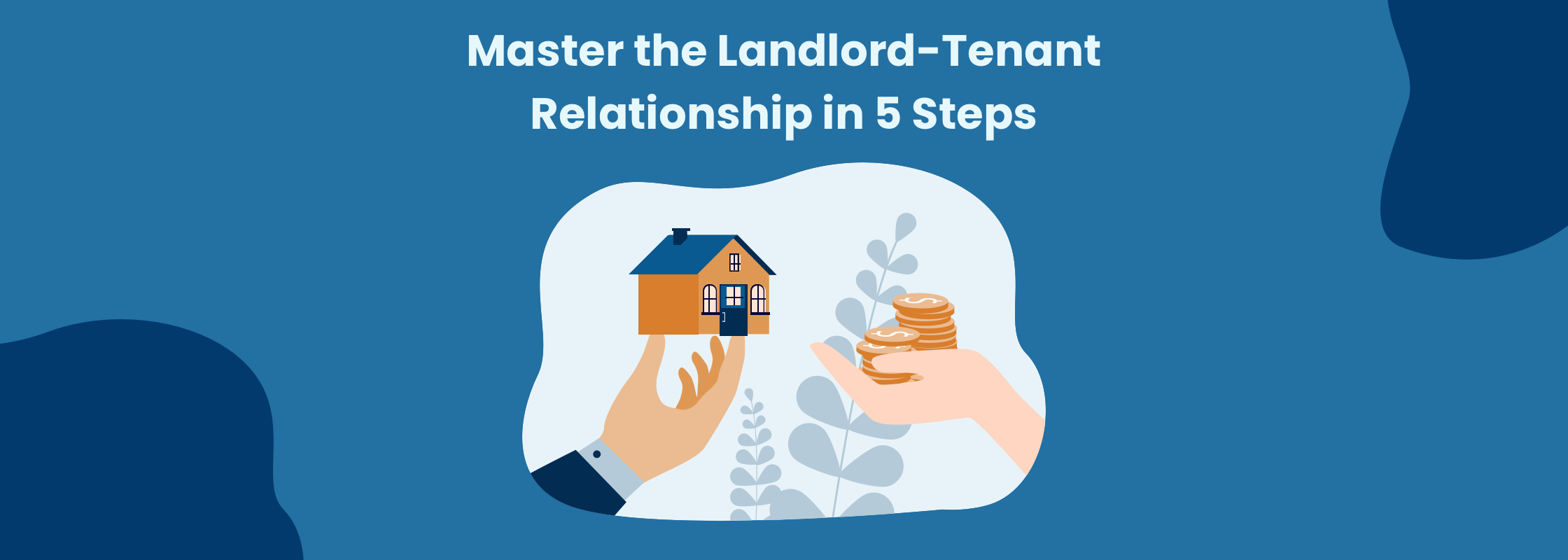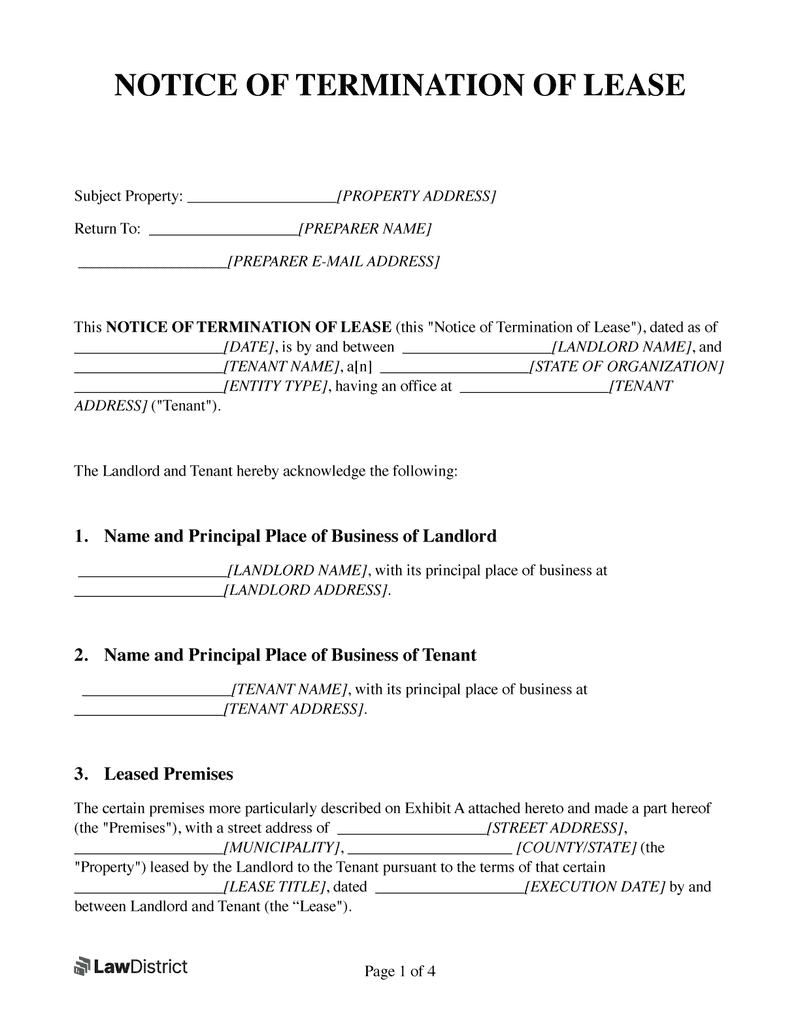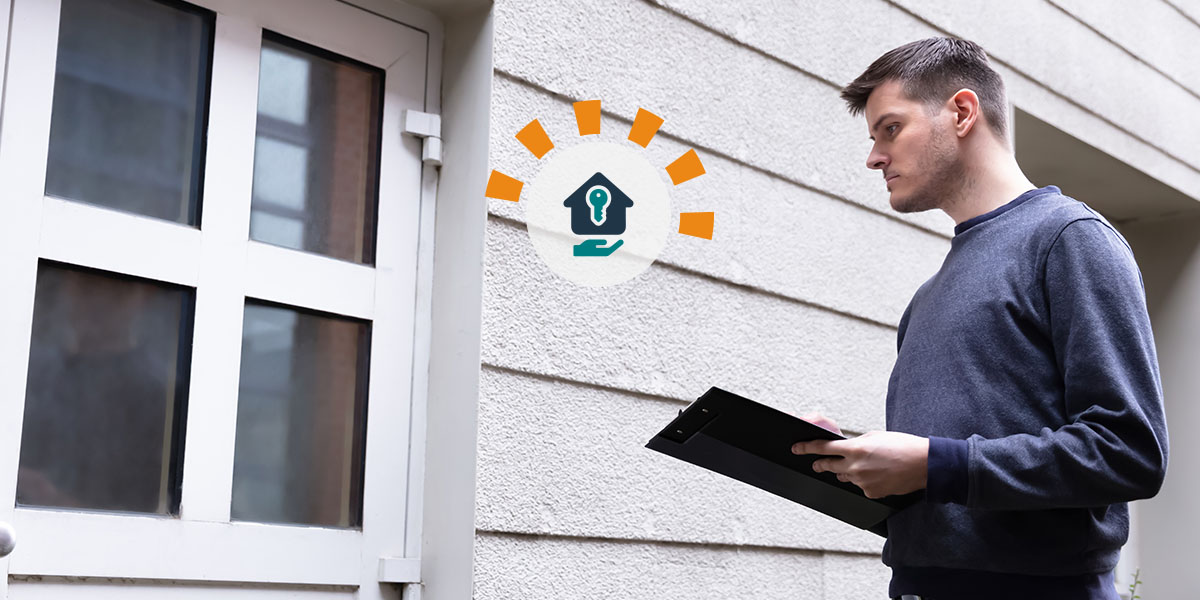Clear communication
Nurturing a Positive Landlord-Tenant Partnership

Nurturing a Positive Landlord-Tenant Partnership
Establishing and maintaining a positive relationship between landlords and tenants is essential for a harmonious living arrangement. This article explores key aspects of fostering a healthy landlord-tenant partnership, ensuring a mutually beneficial experience for both parties.
Clear Communication from the Start
The foundation of any positive relationship is clear communication. From the beginning, landlords and tenants should establish open channels for effective dialogue. Clearly outline expectations, responsibilities, and any specific terms in the lease agreement. This proactive approach helps prevent misunderstandings and sets the stage for a positive connection.
Timely Responsiveness
Responsiveness is crucial in maintaining a positive landlord-tenant relationship. Landlords should address tenant concerns and maintenance requests promptly. Similarly, tenants should communicate any issues or questions in a timely manner. This mutual responsiveness builds trust and demonstrates a commitment to cooperation.
Respect for Privacy
Respecting each other’s privacy is a fundamental aspect of a positive relationship. Landlords should provide adequate notice before entering a rented property for inspections or repairs, allowing tenants to prepare. Likewise, tenants should respect the landlord’s property and adhere to agreed-upon guidelines for property use.
Transparent Lease Terms and Conditions
Transparency in lease terms is vital for a positive landlord-tenant relationship. Both parties should fully understand and agree to the terms outlined in the lease agreement. This includes rent payments, maintenance responsibilities, and any specific rules governing the property. A clear understanding reduces the likelihood of disputes down the line.
Proactive Maintenance and Repairs
Landlords play a key role in maintaining the property, but tenants also have responsibilities. Tenants should report maintenance issues promptly, allowing landlords to address them in a timely manner. Landlords, in turn, should conduct regular property inspections to identify and address potential issues before they escalate.
Flexibility and Understanding in Difficult Times
Life is unpredictable, and unforeseen circumstances can arise for both landlords and tenants. Building a positive relationship involves showing flexibility and understanding during challenging times. Landlords may consider options like rent adjustments in times of economic hardship, fostering goodwill and loyalty from tenants.
Fair Handling of Security Deposits
The handling of security deposits is a common source of disputes. Landlords should clearly communicate the conditions under which deductions may occur and provide an itemized list when returning the deposit. Tenants, on the other hand, should strive to leave the property in good condition, minimizing the need for deductions.
Open Negotiation for Lease Renewals
When approaching the end of a lease term, open negotiation for lease renewals can strengthen the landlord-tenant relationship. Both parties should discuss any changes in rent, lease terms, or conditions. This collaborative approach fosters a sense of partnership and ensures that the lease remains fair and reasonable for both sides.
Respectful Conflict Resolution
In any relationship, conflicts may arise. It’s essential to approach conflict resolution with respect and a willingness to find mutually agreeable solutions. Landlords and tenants should be open to mediation or legal advice when necessary, always prioritizing a resolution that maintains the integrity of the partnership.
Building a
Optimizing Lease Renewal Terms: A Strategic Approach

Crafting Strategic Lease Renewal Terms for Long-Term Success
Lease renewal terms are a critical aspect of property management, influencing both landlords and tenants. In this guide, we’ll explore the importance of strategic lease renewal terms and provide insights into creating agreements that foster positive landlord-tenant relationships while maximizing the benefits for both parties.
Understanding the Impact of Lease Renewal Terms
Lease renewal terms set the stage for the continued relationship between landlords and tenants. By understanding the profound impact these terms can have, property owners can create agreements that not only retain reliable tenants but also contribute to the overall success of the rental property.
Evaluating Tenant Satisfaction and Retention
Before drafting lease renewal terms, landlords should assess tenant satisfaction. Understanding the needs and preferences of tenants enables property owners to tailor renewal terms that resonate positively with the tenant, increasing the likelihood of lease extensions and fostering a sense of satisfaction.
Flexibility in Lease Duration: Catering to Tenant Needs
Providing flexibility in lease duration is a key strategy for successful lease renewals. Offering various lease term options, such as 6-month or 18-month terms, accommodates different tenant needs. This flexibility can attract a broader range of tenants and increase the chances of successful renewals.
Rent Adjustment Strategies: Finding a Balance
Determining rent adjustments is a delicate balance that requires consideration of market trends and tenant affordability. A modest rent increase reflects the property’s value while ensuring it remains competitive. Alternatively, offering incentives, such as fixed rental rates, can motivate tenants to renew without significant financial strain.
Clear Communication on Terms: Building Trust
Transparency and clear communication are fundamental in lease renewal negotiations. Clearly outline the terms of the renewal agreement, including any changes in rent, lease duration, or other relevant conditions. Building trust through open communication contributes to positive landlord-tenant relationships.
Incorporating Maintenance and Repairs: Property Wellness
Lease renewal is an opportune time to discuss maintenance responsibilities. Clearly defining the tenant’s and landlord’s roles in property maintenance and repairs helps establish a well-maintained property. Proactive discussions on this matter can prevent misunderstandings and ensure the property remains in good condition.
Negotiation and Tenant Input: Collaboration for Success
Encourage tenant input during lease renewal negotiations. Creating an environment where tenants feel heard and valued increases their satisfaction and likelihood of renewing. A collaborative approach to negotiations fosters a positive relationship, enhancing the overall experience for both parties.
Early Renewal Incentives: Mutual Benefits
Offering early renewal incentives can be an effective strategy. Landlords can provide incentives such as reduced rent for the first month or upgraded amenities for tenants who renew their leases well in advance. These incentives create a win-win situation, benefiting both landlords and tenants.
Legal Compliance and Review: Ensuring Validity
Lease renewal terms must comply with local laws and regulations. Regularly review and update lease agreements to align with any legal changes. Ensuring the validity and legality of renewal terms protects both landlords and tenants and contributes to a smooth lease renewal process.
Post-Renewal Follow-Up: Maintaining Relationship Dynamics
After
Streamlining Lease Termination Documents: A Guide for Landlords

Streamlining Lease Termination Documents: A Guide for Landlords
Efficient and well-documented lease termination is essential for a smooth transition in the landlord-tenant relationship. In this guide, we’ll explore the importance of proper lease termination documentation and provide insights into streamlining the process for landlords.
Understanding the Significance of Documentation
Clear and comprehensive documentation is the cornerstone of a successful lease termination. Proper documentation not only protects the interests of both landlords and tenants but also ensures a transparent and legally sound process. Understanding the significance of documentation sets the stage for a seamless termination experience.
Providing Clear Notice and Communication
Initiating the lease termination process begins with providing clear notice to the tenant. Clearly communicate the termination terms, including the effective date and any specific requirements. Open and transparent communication sets the foundation for a cooperative and informed approach to lease termination.
Documenting Lease Termination Terms in Writing
Once the termination terms are communicated, it’s crucial to document them in writing. Prepare a formal lease termination letter outlining the details discussed with the tenant. Include information such as the termination date, any agreed-upon conditions, and instructions for the tenant regarding move-out procedures.
Establishing Move-Out Expectations
Clearly outline move-out expectations in the termination documentation. Specify conditions related to property cleanliness, repairs, and the return of keys. Establishing these expectations in writing helps prevent misunderstandings and provides a reference point for both parties during the move-out process.
Conducting a Final Property Inspection
A thorough final property inspection is a key component of lease termination. Document the property’s condition through photographs and written notes. This inspection helps identify any damages or issues that need addressing and provides a basis for determining the return of the tenant’s security deposit.
Addressing Security Deposit Refunds
Clearly outline the process for refunding the tenant’s security deposit in the termination documentation. Specify any deductions for damages beyond normal wear and tear and the timeline for returning the deposit. Providing this information in writing ensures transparency and helps avoid disputes over security deposit refunds.
Including Legal Compliance Information
Lease termination documentation must adhere to legal requirements. Include information about compliance with local and state laws governing lease terminations. This may include details about notice periods, tenant rights, and any specific legal obligations the landlord must fulfill during the termination process.
Offering Assistance and Resources
In the termination documentation, extend an offer of assistance and provide resources for the tenant. Offer guidance on cleaning and moving out procedures, and provide contact information for any necessary utility transfers. Demonstrating a helpful attitude contributes to a positive termination experience.
Promptly Acknowledging Tenant Compliance
Once the tenant has complied with the terms outlined in the termination documentation, promptly acknowledge their compliance. Send a confirmation letter or email, expressing appreciation for their cooperation and confirming the completion of the lease termination process.
Archiving Documentation for Future Reference
Finally, archive all lease termination documentation for future reference. Store electronic and hard copies securely, ensuring easy access if needed. Proper documentation serves as a valuable record
Roommate Harmony: Navigating Shared Rental Spaces

Roommate Harmony: Navigating Shared Rental Spaces
Living with roommates can be an exciting and cost-effective way to share the expenses of a rental property. However, it also comes with its unique set of challenges and considerations. This article explores the dynamics of renting with roommates, offering insights into fostering harmony, addressing potential issues, and making the most of shared living spaces.
Choosing Compatible Roommates: The Foundation of Harmony
The foundation of a positive roommate experience begins with choosing compatible individuals. Shared values, lifestyle preferences, and communication styles contribute to harmonious living. Before committing to a shared rental, potential roommates should discuss their expectations, daily routines, and any specific preferences to ensure compatibility.
Establishing Clear Communication Channels: Openness is Key
Communication is the cornerstone of successful roommate living. Establishing clear communication channels from the outset helps prevent misunderstandings and promotes a more cohesive living environment. Roommates should openly discuss expectations regarding shared responsibilities, quiet hours, and any potential conflicts that may arise.
Defining Shared Responsibilities: Clarity Promotes Fairness
One common source of tension among roommates is a lack of clarity regarding shared responsibilities. Defining tasks such as cleaning, grocery shopping, and bill payments in advance promotes fairness and helps avoid disputes. Creating a shared agreement or schedule ensures that everyone is on the same page and contributes to maintaining a clean and organized living space.
Navigating Personal Boundaries: Respectful Coexistence
Respecting personal boundaries is crucial when renting with roommates. Everyone has different comfort levels when it comes to privacy and personal space. Establishing guidelines for shared spaces and being mindful of each other’s needs contributes to a more comfortable and respectful coexistence.
Financial Transparency: Avoiding Money Matters Strain
Financial arrangements can be a potential source of tension among roommates. Establishing financial transparency early on helps avoid strain. Clearly outline how rent, utilities, and other shared expenses will be divided. Setting expectations regarding timely payments and addressing any financial concerns promptly fosters a more cooperative living arrangement.
Handling Conflicts Diplomatically: Finding Common Ground
Conflicts are inevitable in shared living spaces, but how they are handled makes all the difference. Roommates should approach conflicts diplomatically, focusing on finding common ground and solutions rather than assigning blame. Open and honest communication, active listening, and a willingness to compromise contribute to resolving issues amicably.
Creating Shared Spaces: Balancing Individual and Collective Needs
Balancing individual and collective needs in shared spaces is essential for a harmonious living environment. Roommates should discuss how common areas will be used, decorated, and maintained. Finding a balance between personalization and consideration for others creates a shared space that everyone can enjoy.
Planning for the Future: Addressing Long-Term Goals
Roommates should also discuss their long-term goals and how they align with the shared living arrangement. Understanding each other’s plans, whether they involve career changes, relationships, or other life events, helps roommates plan for the future and ensures a smooth transition if someone decides to move out.
Utilizing Mediation Services: Third-Party Assistance
In situations where conflicts persist, utilizing mediation services can be
Efficient Rental Maintenance: Ensuring Comfort and Well-being

Ensuring Comfort and Well-being: The Importance of Efficient Rental Maintenance
Rental maintenance is a critical aspect of providing tenants with a comfortable and safe living environment. Landlords who prioritize and efficiently handle maintenance contribute not only to the well-being of their tenants but also to the overall success of their rental properties. In this article, we delve into the significance of rental maintenance and how it impacts tenant satisfaction and property value.
Proactive Maintenance Planning: A Strategic Approach
Proactive maintenance planning involves anticipating potential issues before they become major problems. Landlords should conduct regular property inspections to identify maintenance needs such as plumbing leaks, electrical issues, or structural concerns. By addressing these issues early on, landlords can prevent costly repairs, ensure tenant safety, and maintain the overall integrity of the property.
Responsive Repairs: Timely Solutions to Tenant Concerns
Timely and responsive repairs are essential for tenant satisfaction. When tenants report maintenance issues, landlords should act promptly to assess and address the problem. Whether it’s a malfunctioning appliance, a leaky roof, or a heating system failure, efficient responses demonstrate a commitment to tenant well-being and contribute to a positive tenant-landlord relationship.
Clear Communication on Maintenance Procedures: Setting Expectations
Clear communication regarding maintenance procedures is crucial for setting expectations. Landlords should outline the process for reporting maintenance issues, specify expected response times, and provide information on how urgent matters will be prioritized. Transparent communication helps tenants understand the procedures in place and fosters a sense of trust in the landlord’s commitment to property upkeep.
Preventive Maintenance Measures: Preserving Property Value
Implementing preventive maintenance measures is key to preserving the long-term value of the rental property. Regular tasks such as HVAC system checks, gutter cleaning, and pest control can prevent deterioration and extend the lifespan of essential components. Landlords who invest in preventive maintenance not only save on potential repair costs but also enhance the overall appeal and value of their rental units.
Landscaping and Exterior Maintenance: Curb Appeal and Tenant Satisfaction
The exterior of a rental property plays a significant role in tenant satisfaction and overall curb appeal. Well-maintained landscaping, clean walkways, and a fresh coat of paint contribute to a positive first impression. Landlords should prioritize exterior maintenance to create a welcoming environment, enhance property aesthetics, and demonstrate a commitment to the overall upkeep of the rental property.
Budgeting for Maintenance Costs: Long-Term Financial Planning
Budgeting for maintenance costs is a critical aspect of long-term financial planning for landlords. Setting aside funds specifically designated for property maintenance ensures that landlords can address issues promptly without compromising their financial stability. Proactive budgeting contributes to the sustainability of the rental property and minimizes the impact of unexpected maintenance expenses.
Tenant Education on Basic Maintenance: Empowering Tenants
Empowering tenants with basic maintenance knowledge can contribute to the overall efficiency of rental property management. Landlords can provide tenants with guidelines on simple tasks such as changing air filters, reporting minor issues promptly, and basic home care practices. Tenant education fosters a collaborative approach to maintenance,
Mastering Subletting: A Guide to Smart Temporary Rentals

Navigating Temporary Living: A Comprehensive Guide to Subletting
Subletting, the practice of renting out a part or the entirety of your leased property to someone else temporarily, can be a strategic solution for various housing needs. However, mastering the art of subletting requires a clear understanding of the process, legal implications, and effective communication. Let’s explore this avenue for temporary rentals.
Understanding the Subletting Process: A Step-by-Step Overview
Before delving into the world of subletting, it’s crucial to understand the process. Begin by reviewing your lease agreement to check if subletting is allowed. If it is, follow any specific procedures outlined in the agreement. Typically, subletting involves finding a subtenant, getting their approval, and ensuring all parties are aware of their responsibilities.
Legal Considerations: Navigating the Legal Landscape of Subletting
Subletting comes with legal considerations that vary based on location and lease agreements. Familiarize yourself with local tenant laws and regulations to ensure you’re compliant. Additionally, communicate openly with your landlord about your intention to sublet, obtaining any necessary approvals in writing. This transparency helps mitigate potential legal issues down the road.
Finding the Right Subtenant: The Key to a Successful Sublet
Identifying a suitable subtenant is critical for a successful subletting experience. Consider factors such as reliability, compatibility, and their ability to adhere to your lease conditions. Conduct a thorough screening process, including background and credit checks, to ensure a trustworthy subtenant who will respect your property and obligations.
Clear Communication: Establishing Transparency with Your Landlord
Open and transparent communication with your landlord is pivotal when considering subletting. Before finalizing any arrangements, discuss your plans with your landlord and seek their approval. Provide detailed information about the subtenant, including their background and intended duration of stay. Having your landlord’s blessing ensures a smoother subletting process.
Lease Agreement for Subtenants: Setting Clear Expectations
Once you’ve secured your subtenant and obtained approval from your landlord, it’s time to establish a lease agreement. Clearly outline the terms and conditions of the sublet, including rent, duration, and any specific rules that apply. A comprehensive lease agreement helps prevent misunderstandings and sets expectations for all parties involved.
Checking Insurance Coverage: Protecting Your Interests
Evaluate your existing rental insurance policy to understand its coverage concerning subletting. In some cases, you may need to adjust or expand your coverage to protect yourself and your subtenant adequately. Ensuring that all parties are covered provides peace of mind and safeguards against potential liabilities.
Property Maintenance during Subletting: Balancing Responsibilities
While you may not be physically present during the subletting period, your responsibilities for property maintenance persist. Clearly define maintenance expectations in your lease agreement, specifying whether the subtenant is responsible for certain tasks. Regular communication with the subtenant ensures a well-maintained property and a positive living experience.
Monitoring Sublet Compliance: Stay Involved in the Process
Even after securing a subtenant, it’s essential to stay involved in the subletting process. Regularly check in with your subtenant and monitor their compliance with the agreed-upon terms. Address any concerns promptly and
